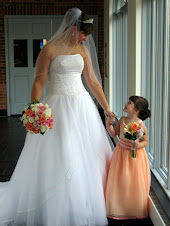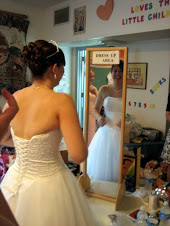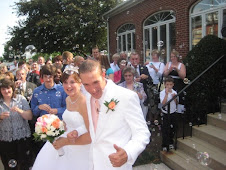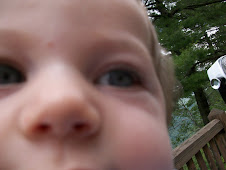I really enjoyed this book and think it could be used well in a classroom! I am observing an 8th grade class right now that is focusing on short stories, and right now they are specifically focused on characterization (in the next few weeks they will move to plot, point of view, etc.)
I think this book would be a great one for students to read on their own if they need help coming up with a creative POV for a writing assignment. I would also love to teach at least segments of this book to help students with POV, also.
The narration style in this book really got to me, once I figured out who the narrator was and why there were so many "death updates." It is an innovative voice through which to hear the story, and I appreciate Zusak's use of an abstract narrator.
I was also glad to see that "death" was pretty kind, and at least sympathetic.
Overall, I think this story would be a great one to use in a classroom (maybe 11th/12th grade?). However, it would be neat to use excerpts in an 8th grade classroom when teaching Anne Frank. I think they would go well together and the class could compare/contrast the experiences of a non-Jewish German and a Jewish German in Nazi Germany.
What Do You Mean No More Books?!?!
14 years ago















